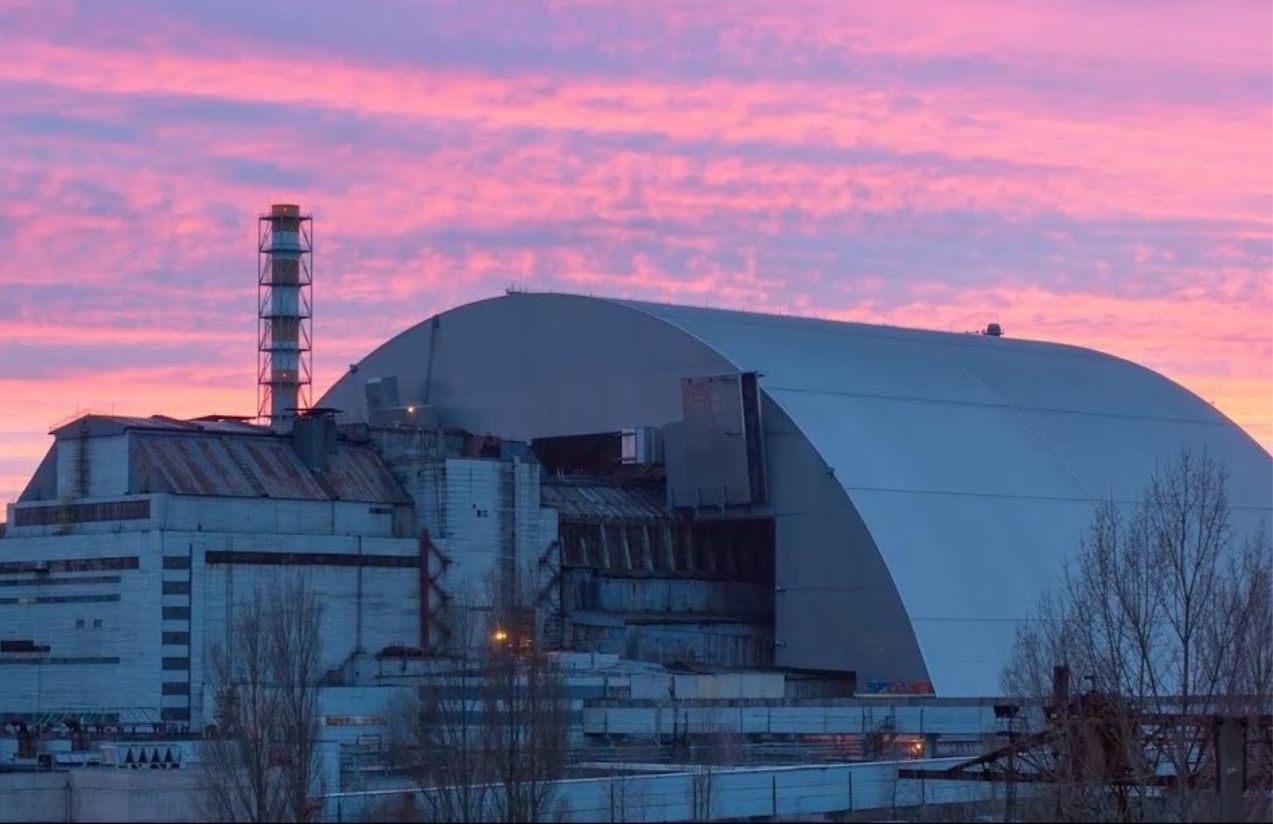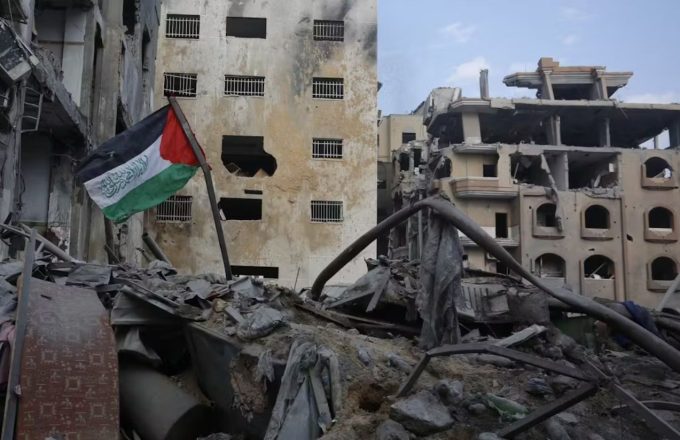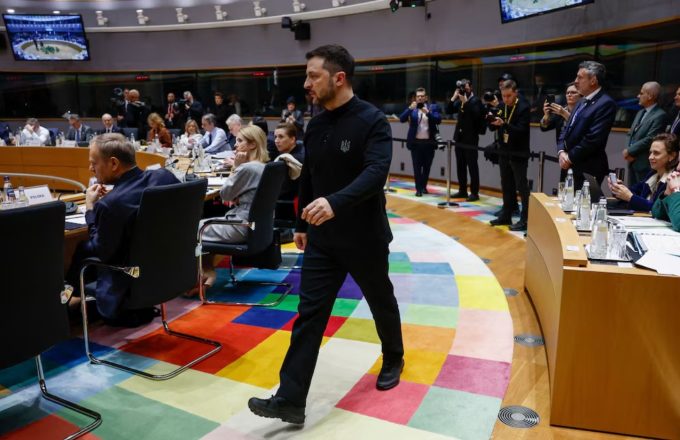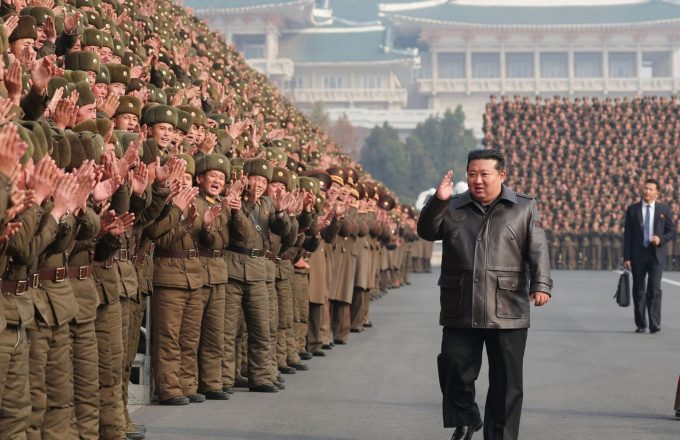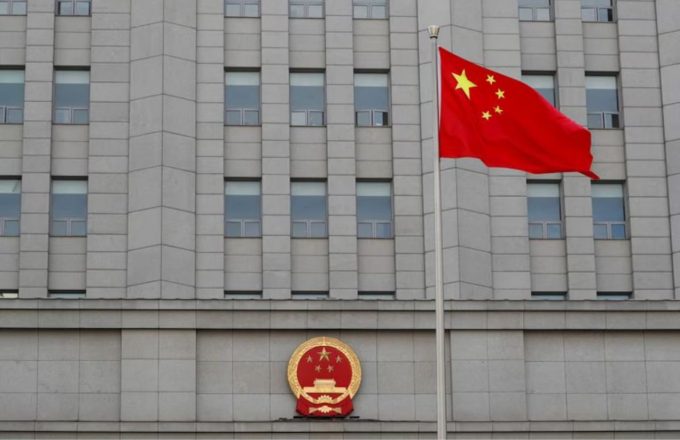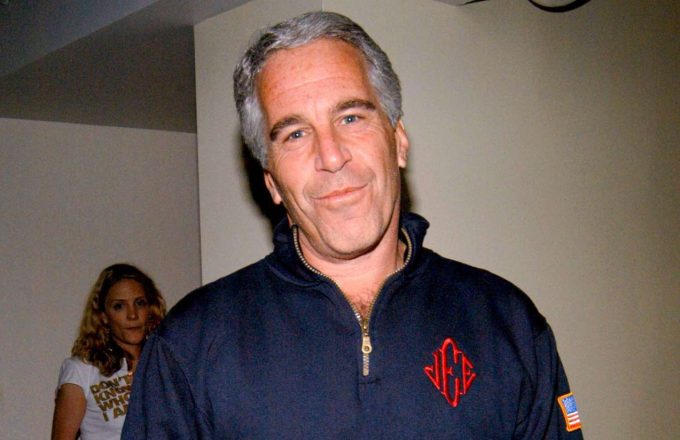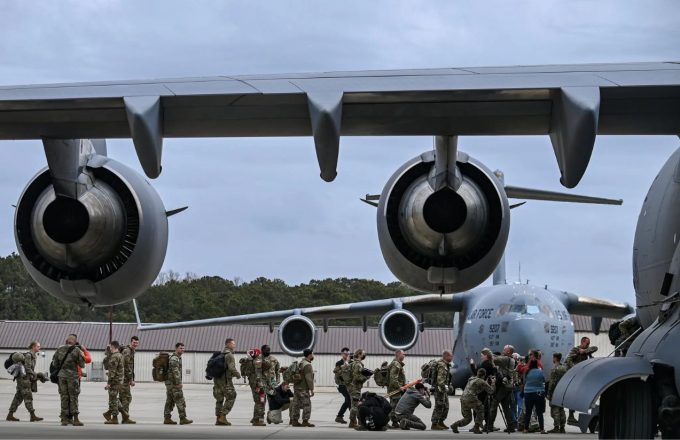The sarcophagus protecting the Chernobyl nuclear power plant, one of the most significant safety structures in nuclear energy history, has become a target amid the ongoing conflict between Russia and Ukraine. This attack is not coincidental and carries strong symbolic meaning, according to recent statements.
The structure covers the reactor damaged in the 1986 disaster and represents a milestone in international cooperation on nuclear safety. As Gerashchenko recalled, “The installation of Chernobyl’s New Safe Confinement was a unique event in the history of nuclear energy security worldwide.”
“The Russian attack on the protective sarcophagus of the Chernobyl nuclear power plant is not random—it is symbolic,” said Anton Gerashchenko, former Deputy Minister of Internal Affairs of Ukraine. His remarks highlight the risks this attack poses not only to Ukraine but to Europe and the entire world.
More than just a containment barrier, this sarcophagus is a symbol of global efforts to overcome one of the worst nuclear disasters in history. Its construction was led by Ukraine with support from several European nations and international organizations, including the European Bank for Reconstruction and Development and the French consortium Novarka.
“It is a symbol of joint efforts to protect lives,” Gerashchenko emphasized. The structure measures 165 meters long, 260 meters wide, and 110 meters high, making it larger than iconic landmarks like the Statue of Liberty or Big Ben. Its construction cost approximately $2.15 billion and was completed during former U.S. President Donald Trump’s first term, demonstrating that international cooperation transcended administrations and governments.
The Russian attack has reignited painful memories of the 1986 disaster. Gerashchenko described the assault as an example of Russia’s “culture of death,” underscoring its political and emotional impact. “Once again, Russia shows that it does not care about human lives,” he stated.
The International Atomic Energy Agency (IAEA) confirmed that a drone struck Chernobyl’s protective sarcophagus. However, no increase in radiation levels has been detected.
“At this moment, there are no indications of a breach in the NSC’s inner containment. Radiation levels inside and outside remain normal and stable. No casualties have been reported. The IAEA continues to monitor the situation,” the agency reported.
The attack occurred around 1:50 AM and caused a fire in the New Safe Confinement (NSC), the structure covering the remains of Reactor 4, the site of one of the worst nuclear accidents in history.
IAEA Director General Rafael Grossi warned that this attack, which the Ukrainian government attributes to Russia, along with increased military activity around the Zaporizhzhia nuclear plant—occupied by Russian forces—”highlights the persistent risks to nuclear security.”
Since the beginning of the Russian invasion, the IAEA has repeatedly warned about the risk of a severe nuclear accident due to fighting near Ukraine’s atomic facilities, particularly in Zaporizhzhia, Europe’s largest nuclear power plant. Occupied by Russian forces since the early days of the war, the plant has suffered multiple power outages, putting its reactor cooling systems at risk.


